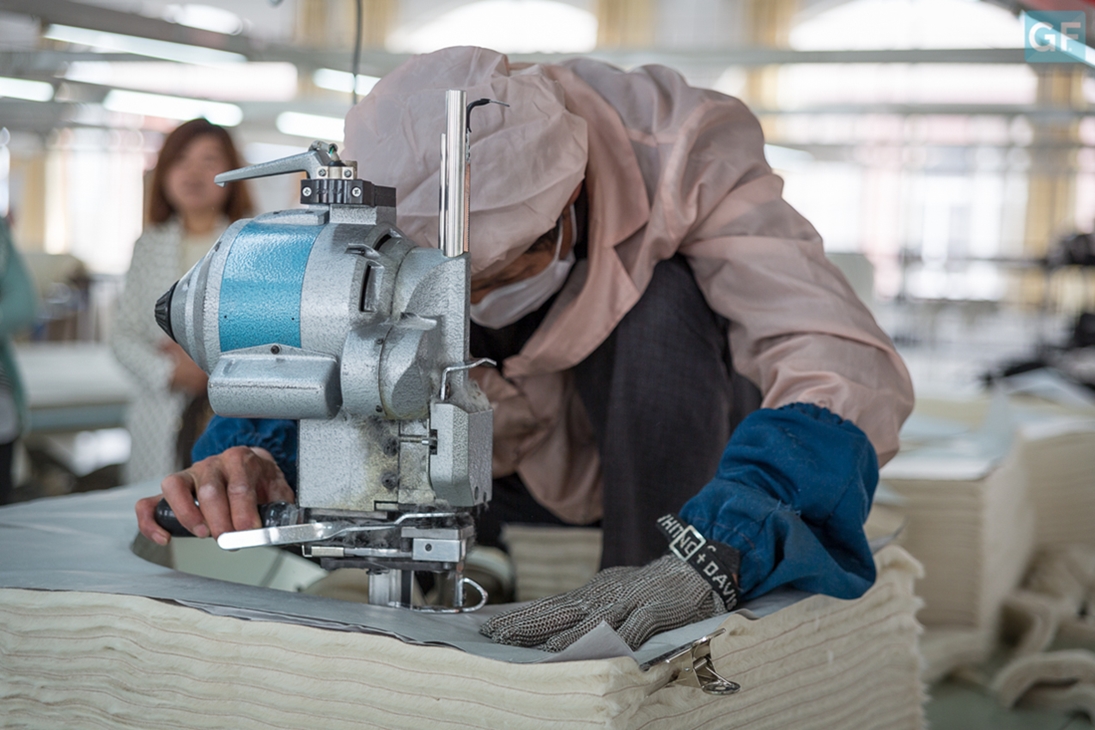
Information management for the decision making process.
In the previous article, we analyzed three of the similarities that globally successful textile companies share. In this occasion, we will analyze the rest of them.
Versatile and dynamic design department.
New models arrive at the retail stores and the on-line store week after week.
A few years ago, until the 90’s, major apparel brands manufactured and sold their product planned based on two seasons: summer and winter.
Nowadays, all the sales outlets of “large scale retail” brands receive new models twice a week. Sometimes it’s a new batch of garments that add to the collection that has already been in stores for a few days, a restocking of one same model. In other cases, there will be new, different models that have just arrived from the supplier and were sent from central warehouses.
The focal point in the strategy of the design and commercial departments is to know what the customer wants. What is more, to forestall what they will want. For that reason it is necessary to be highly versatile, dynamic, and to create week after week the models that are considered the future “best sellers”, keeping in mind, essentially, the relevant “online feedback” they receive from the stores in real time whenever an item is sold, in addition to the comments and suggestions from the store staff who watch the customer’s behavior and chat with them.
Constant communication between the stores and the central office.
We know that “information is power”; for that reason, the Central Office knows in real time what is happening at each and every store. With this information, the Sales Department will be able to learn instantly the sales ratio for each model and ask the central warehouses to replenish immediately those models with better sales statistics.
If some of those models with good trade statistics continue to sell very well for an extended period of time, the designers will begin to draw similar models.
Sales assistants and store managers will report to the central office which models are the most popular and what the customers are looking for.
This constant flow of information allows companies to work in advance of the customer’s future choice.
We must add as well the information provided by online sales. This information is quite diverse and very important in order to detect preferences, purchasing profiles and consumer habits. For example, it is possible to know what models are the most viewed, what time slot is more crowded with online customers, what colors are the most popular, whether basic models or trendy models are preferred, etc.
Of course, the stores will also provide information about those models that are not popular among customers and do not have a positive sales ratio so as to avoid repetitions or to even cancel planned productions of similar models.
Using the millions of data they receive from retail stores and now with a higher volume of information, increased by data gathered from e-commerce, these companies manage the information in order to make decisions and they have created a design, production and logistics system that is incredibly flexible and versatile to adapt and manufacture in each season according to trends and the customers’ preferences.
Proper location of manufacturing and efficient production times adapted to each type of model.
In terms of the place, the geographic location where different models of garments, footwear and accessories will be manufactured, there are currently two options based on production volume: proximity and Asia. Clothing items are also produced in Southern Africa (Eritrea, Ethiopia and Lesotho) but current volumes are not yet relevant in terms of large scale distribution companies, so I will omit them in this analysis.
Both European and American brands classify their suppliers into two groups: proximity or closeness, and the rest or Asia. Proximity to Europe means those located in Spain, Portugal, Turkey, Romania and Morocco, among others. To the USA, it means Mexico, Guatemala, Colombia, Peru and even Brazil.
The percentage of production in one location or another differs from one company to the next. Due to the last world economic crisis, consumption decreased drastically and the companies lost overnight the effectiveness of sales statistics based on comparison. The same crisis forced them to adapt and become more financially efficient, reducing stocks to the minimum. These situations in addition to costs increase in China were enough to allow manufacturing in proximity gain ground against productions in Asia.
A few years ago, before the world economic crisis of 2008, European companies manufactured an average of 20-30% of their production in proximity. Nowadays that volume is over 50%.
Models are manufactured in proximity when they are trendy, fashionable items that have suddenly appeared in the market, or garments that have been included at the last minute because of their sales potential detected when customers request them at our own stores or at the competition’s.
Normally, this product will be sent from the factories to the logistics centers of European companies by truck using the road network.
Currently, factories in Asia, India, Bangladesh, Pakistan, China and Southeast Asia receive orders to produce the remaining 50%. Years before the economic crisis of 2008, when China was at its peak, this percentage could represent 75% of the total production of one of these top fashion companies.
These factories produce basic models, those that are manufactured season after season with few changes, and those models that, despite not being basic, are planned sufficiently in advance and that, according to a perfect schedule, will arrive at the stores on specific commercial dates.
A large volume of these goods are shipped to Europe and USA in a container by sea, and a smaller batch is sent by plane.
In this industry, time and material equal money.
The current sourcing strategies and extensive planning of productions carried out by these companies to save money and materials are immensely rewarded with a large quantity of money saved that will become visible at the end of the year on the balance sheets date. You will find information regarding the systematization of the process based on the variable of time, the efficient use of materials and the responsibility in terms of the use of resources, in this previous article, The Textile Industry Dilemma.
Hope to see you in the next article! Cheers!
Article published in Directors & Managers













































